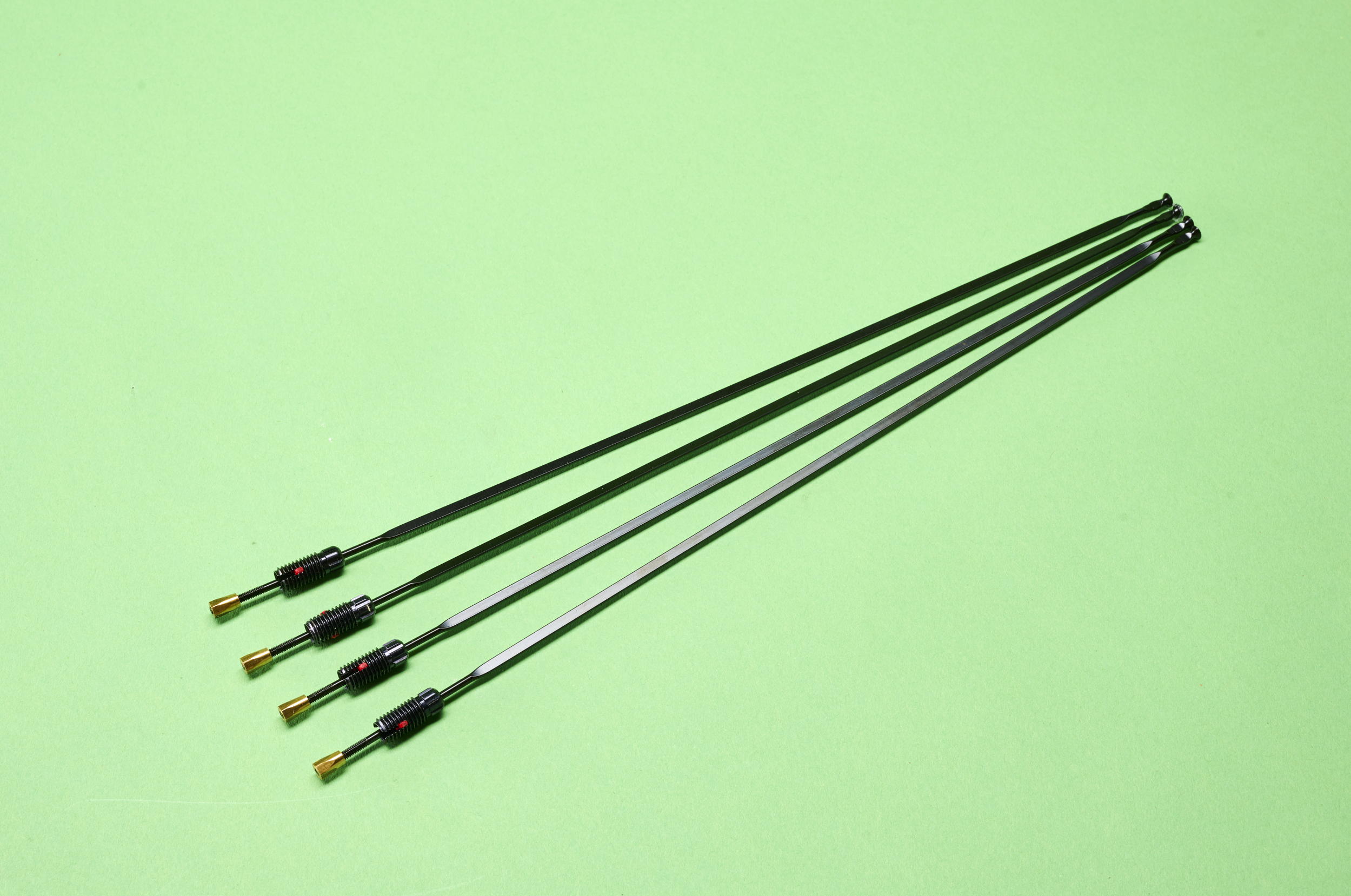Tough, reliable e-bike wheels from one of the oldest brands in the business.
Mavic E-Deemax S 30/35 wheels review
My first handbuilt MTB wheels used Mavic rims, I learned to build wheels using Mavic rims and I raced DH with Deemax wheels for years, so it’s satisfying to see the French brand back doing what it does best – making some of the best mountain bike wheels on the market – after going through some well-publicised financial difficulties.
These alloy E-Deemax S wheels are a relatively new addition to the Mavic range and are aimed squarely at e-bike riders. They are available in two internal widths – 30mm and 35mm – and two diameters – 29in and 27.5in – for just over £700, and I’ve mixed and matched the two sizes to make a mullet/MX set-up that I’ve been running on a Specialized Turbo Levo Pro for the last 10 months.
If you’re at all familiar with Mavic’s history, much of the tech built-in to the E-Deemax will come as no surprise. Much of it is tried-and-tested over years by numerous top riders such as Fabien Barel, Nico Vouilloz and Ann-Caroline Chausson. As one of the original pioneers of tubeless technology, the E-Deemax gets a fully sealed rim with no need for any rim tape. That means much less chance of air leaking over time and less hassle when initially setting up your tyres. In the case of my test wheels, a pair of used Maxxis tyres went on using just my thumbs and seated first time using a charger floor pump. Although when it came to taking the tyres off again, I did need to use a tyre lever.

Mavic E-Deemax S 30/35 wheels
Mavic can use a sealed rim bed thanks to its FORE Concept, where the oversize, splined spoke nipples thread directly into the alloy rim. Between each spoke is evidence of Mavic’s venerable Inter-Spoke Milling process, where material is machined away from the rim to save weight. The E-Deemax wheels are far from light – I weighed the S 30 front wheel at 1,030g and the S 35 rear at 1,150g – but they’re comparable to DT’s e-bike specific Hybrid options, even though the Mavics boast a higher max system weight and ASTM classification.
The rim is finished with Mavic’s Black Shield treatment, which is really hard wearing and means that the rims on my test samples are showing no sign of any scratching after ten months’ use. Applied over the top are some slightly naff decals, but these can always be removed if you don’t like them or customised at point of purchase at Mavic.com.
Another piece of the E-Deemax puzzle is the Pinch Flat Protection – a broader rim sidewall that helps prevent the rim slicing through through the tyre when it impacts something solid, like a tree root or rock. While not replacing a tyre insert if you live somewhere really rough, during my time with the wheels it seemed to work well. I suffered no punctures, cuts or leaks despite feeling and hearing rocks and roots impact the rim on multiple occasions.

Mountain biking product shot in the studio
Both front and rear wheels use straight pull, bladed spokes, with 28 front and rear in a three-cross pattern. All the spokes are the same length, making it easier to source replacements, and a few spare spokes are included with every wheelset, along with tubeless valves.
Spoke tension at the end of the test was nice and even, with only three spokes outside a 15% variation range on the rear, and all but two outside a 10% range on the front. The front remained arrow-straight after all this time while the rear was less than 1mm out laterally.
The Mavic’s have a ride quality that sits somewhere towards the middle of the wheel stiffness spectrum. They’re not as harsh as some carbon wheels, but they also don’t deflect and hold cambers like Zipp’s impressive 3Zero Moto. There’s definitely some compliance as the spokes twang quite noticeably at times, but they still feel solid when loading up into berms under the weight of a 25kg e-bike and 75kg rider. Incidentally, the E-Deemax S are rated to a max system weight of 180kg (rider and bike), which is huge, as well as conforming to the ASTM Level 5 standard, which is the highest classification.

Mavic E-Deemax S 30/35 wheels
One particularly enjoyable trait of the E-Deemax is the low-friction freehub that just seems to spin and spin when you’re coasting. It uses Mavic’s ID360 design – similar to the DT Swiss star ratchet – and offers 15º engagement, minimal resistance and a really solid connection and drive even when the bike and rider are putting out maximum torque. And while 15º sounds quite laggy, it never bothered me during the test. Pulling the cassette body off after 10 months’ use including a winter of mud and jet washing revealed only a very small amount of dirt inside, so the sealing is well up to the job. And the same can be said for the hub bearings, which are just as smooth and tight as they were when I put the wheels on. So while the freehub sounds like a roulette wheel spinning in a high class casino, it seems like you don’t have to gamble on durability.
Mavic has built an impressively strong, durable, low-maintenance and free-spinning wheelset in the E-Deemax S. It won’t win any weight awards, but if you want something that will take the knocks and deliver a fuss-free, no hassle experience then the E-Deemax S is just the ticket.
Verdict
Mavic has built an impressively strong, durable, low-maintenance and free-spinning wheelset in the E-Deemax S. It won’t win any weight awards, but if you want something that will take the knocks and deliver a fuss-free, no hassle experience then the E-Deemax S is just the ticket.
















